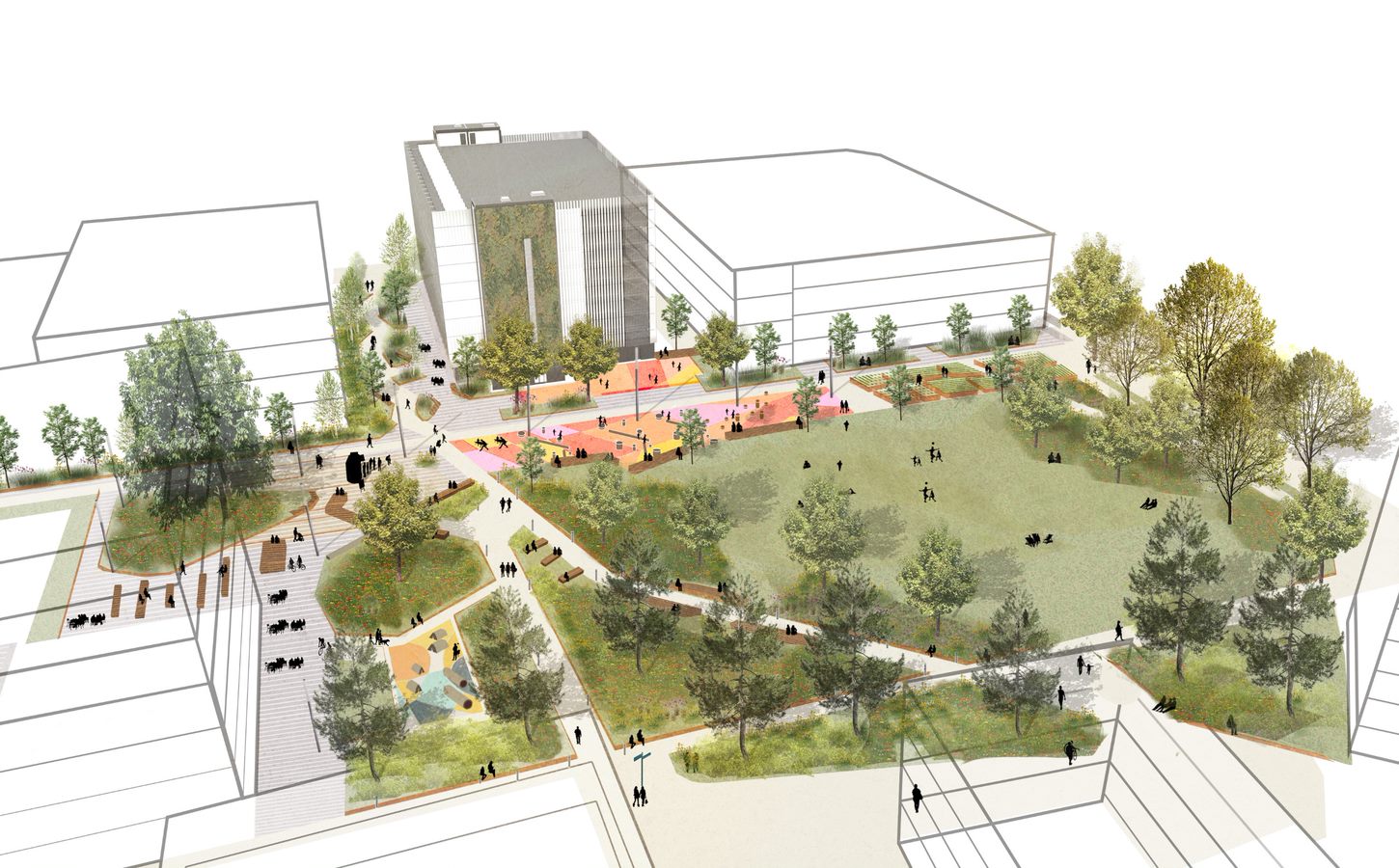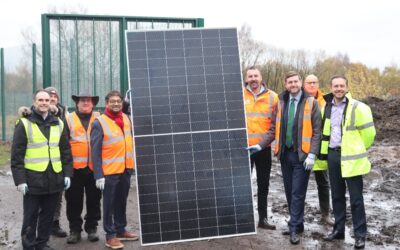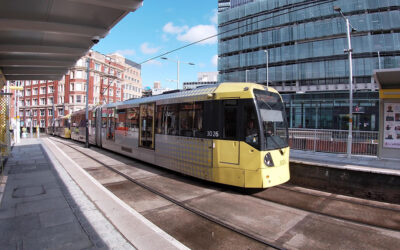A funding package of more than £30m has been agreed for the revitalisation of public spaces in Ancoats including improvements to green spaces.
Ancoats Green is set to be the “green heart” of the future neighbourhood with new planting and areas for recreation and rest. The project will also prioritise clear walking routes to Jersey Street and the Rochdale Canal.
The scheme will protect existing green space as well as increase the number of trees planted in the area.
Active travel will be at the forefront of this development. The Ancoats Mobility Hub, an innovative project designed to shift the emphasis of the public realm towards active travel and healthier lifestyles, will act as a catalyst for improving streets, parking, public open spaces and creating a truly sustainable neighbourhood right across this new residential community.
The Hub will provide EV charging points, local car and bike clubs, a cycle hub, a café and a delivery hub for the local area. It will sit within a public plaza that links directly with an enhanced Ancoats Green.
There are also plans for the construction of 1,500 new homes within the area.
Homes England has committed £28.1m to this project which, combined with the £4.7m allocated by the Greater Manchester Combined Authority through the Brownfield Housing Fund, brings the total budget to £32.7m.
The vision set out in the strategy for this area is to support the creation of a sustainable urban neighbourhood through the delivery of a public realm which supports life and celebrates place.
Councillor Bev Craig, Leader of Manchester City Council said: “As the Council looks to improve our neighbourhoods and drive positive development it is essential that we look at the whole picture on what makes an attractive and liveable community.
“The strategy in place for Ancoats is the realisation of our ambitions to promote active travel, increase the amount of green space and have sustainable housing at the heart of our communities.
“The historic layout of Ancoats, with its rigid streets bordered by old mill buildings have to some extent determined the way the area has developed. However, by putting people first, and placing the needs of pedestrians at the heart of this plan we hope that this can set a benchmark for future development.”




